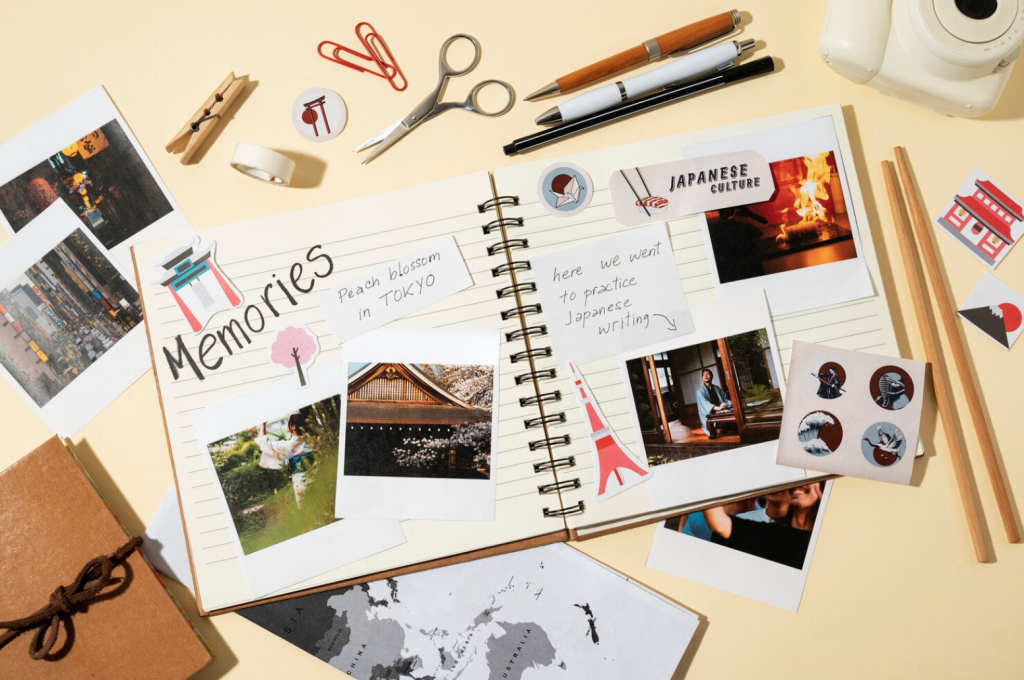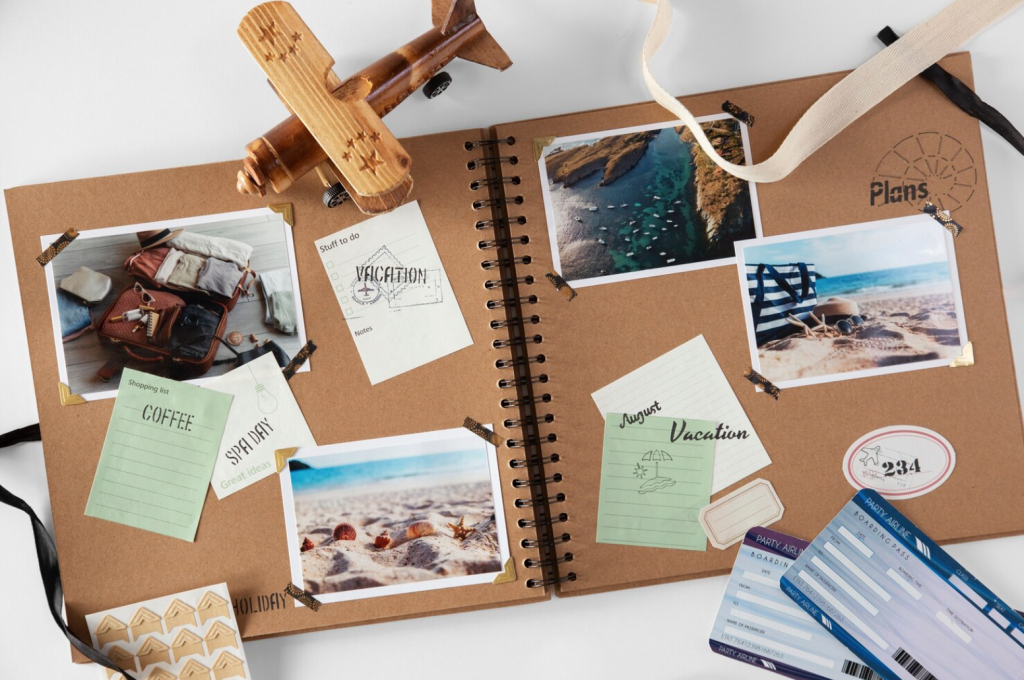Introduction: In the captivating world of stamp collecting, organization is not just a practical necessity—it’s an art form. A well-curated stamp collection tells a story, reflecting the collector’s passion, knowledge, and attention to detail. Central to this art of organizing is the humble stamp album, a repository of treasures that elevates the collecting experience in myriad ways. Let’s explore how a stamp album enhances every aspect of your journey as a collector.
- Preserving the Past: Safeguarding History
- A stamp album serves as a time capsule, preserving the rich tapestry of human history encapsulated in each stamp.
- By providing a safe and secure environment, an album protects stamps from damage, decay, and loss, ensuring that their historical significance endures for generations to come.
- Organizing stamps within the album allows collectors to trace the evolution of postal systems, explore cultural milestones, and relive significant moments in time through the stamps’ imagery and symbolism.
- Curating Collections: Crafting a Narrative
- Organizing stamps in a systematic manner allows collectors to curate their collections with purpose and intention.
- Whether arranged by country, theme, or historical period, the layout of the stamp album tells a story, providing insights into the collector’s interests, passions, and expertise.
- Through thoughtful curation, collectors can create cohesive narratives within their albums, highlighting connections between stamps and fostering a deeper appreciation for the diversity and richness of philatelic history.
- Discovering Connections: Connecting the Dots
- A well-organized stamp album facilitates the discovery of connections and patterns within a collection.
- By arranging stamps according to common themes, motifs, or historical events, collectors can uncover hidden relationships and explore the interplay between different elements of their collection.
- Recognizing these connections enhances the collector’s understanding of philatelic history, revealing insights and nuances that may have otherwise gone unnoticed.
- Setting Goals: Inspiring Progress
- Organizing stamps within an album provides a tangible framework for setting and achieving collecting goals.
- Whether aiming to complete a set, acquire stamps from a specific country, or explore a particular theme, the structure of the album serves as a roadmap for progress and accomplishment.
- Tracking the expansion of the collection within the album offers a sense of satisfaction and motivation, inspiring collectors to continue their pursuit of new stamps and experiences.
- Sharing Stories: Building Community
- A stamp album is not just a personal repository—it’s a platform for sharing stories, experiences, and knowledge with fellow collectors.
- Sharing albums with other enthusiasts fosters connections and camaraderie within the collecting community, sparking discussions, exchanges, and collaborations.
- Through the act of sharing, collectors enrich each other’s understanding and appreciation of stamps, building a vibrant and supportive community that celebrates the art of organizing and the joy of collecting.
Conclusion: In the hands of a stamp collector, a stamp album is more than just a storage solution—it’s a canvas for creativity, a repository of history, and a catalyst for connection. Through the art of organizing, collectors transform their albums into living, breathing reflections of their passion and expertise, enriching their collecting experience and inspiring others to embark on their own philatelic journeys.



